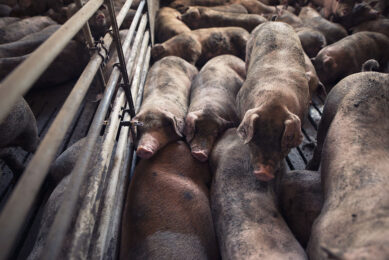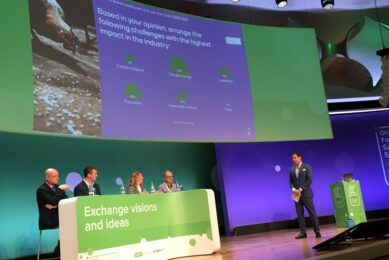Pork safety: past achievements and future challenges
Peter Davies : University of Minnesota, St Paul, MN, USA
Introduction
Ever since the dawn of phagocytosis, eating has been a risky endeavor. Because internalizing portions of our external environment can never be entirely risk free, food safety is a relative concept. However, eating entails less risk than not eating, and the availability and cost of food influence the levels of protection or assurance that consumers demand for their food supply. Hunger and undernutrition are responsible for about 35% of child deaths and 11% of the total global disease burden. 1 At the other extreme, the World Health Organization projects that by 2015 more than 700 million adults will be obese, and 2.3 billion overweight. Overnutrition is imposing increasing burdens on health costs in many countries, with a recent estimate of $147 billion annually for the USA. 2 Paradoxically, obesity is also positively associated with poverty as energy dense foods of low nutritional value tend to be cheap. 3 Like malnutrition and obesity, food safety presents another manifestation of global inequity linked to poverty and food security.
Pork has long been the most consumed meat globally, and projections of future global pork demand remain robust, largely driven by anticipated growth in developing economies. The fact that per capita meat consumption increases as wealth increases reflects that animal proteins are preferred protein sources across the majority of cultures. However, contemporary discussions of projected world population growth, its implications for land use, and the environmental impact of food production raise complex questions about the future of meat consumption. 4,5 McMichael et al (2007) calculated that global average meat consumption was 100 grams per person per day, but varied ten-fold between high-consuming and low-consuming populations.4 They proposed 90 g per day as a “working global target” but advocated more even distribution and that not more than 50 g per day should be from ruminants.5 Although some grass roots groups and celebrities have promoted campaigns to reduce meat consumption (e.g. meat-free Monday), it is unrealistic to expect material change will arise from ‘enlightened’ consumer behavior.
Policy options that could influence meat consumption patterns are yet to be clearly articulated. Similar to the situation with greenhouse gas emissions, increasing tensions are likely as the force of growing demand for animal protein in the developing world strains against calls for restraint from the relatively well fed western world. Priority issues in food safety also vary geographically, and some foodborne hazards that remain major public health issues in developing countries have been reduced to insignificance in developed countries. However, in most countries biological hazards greatly outweigh physical and chemical hazards in terms of public health impact and consumer concern, and therefore will be the focus of this paper.
For full presentation see attached pdf











